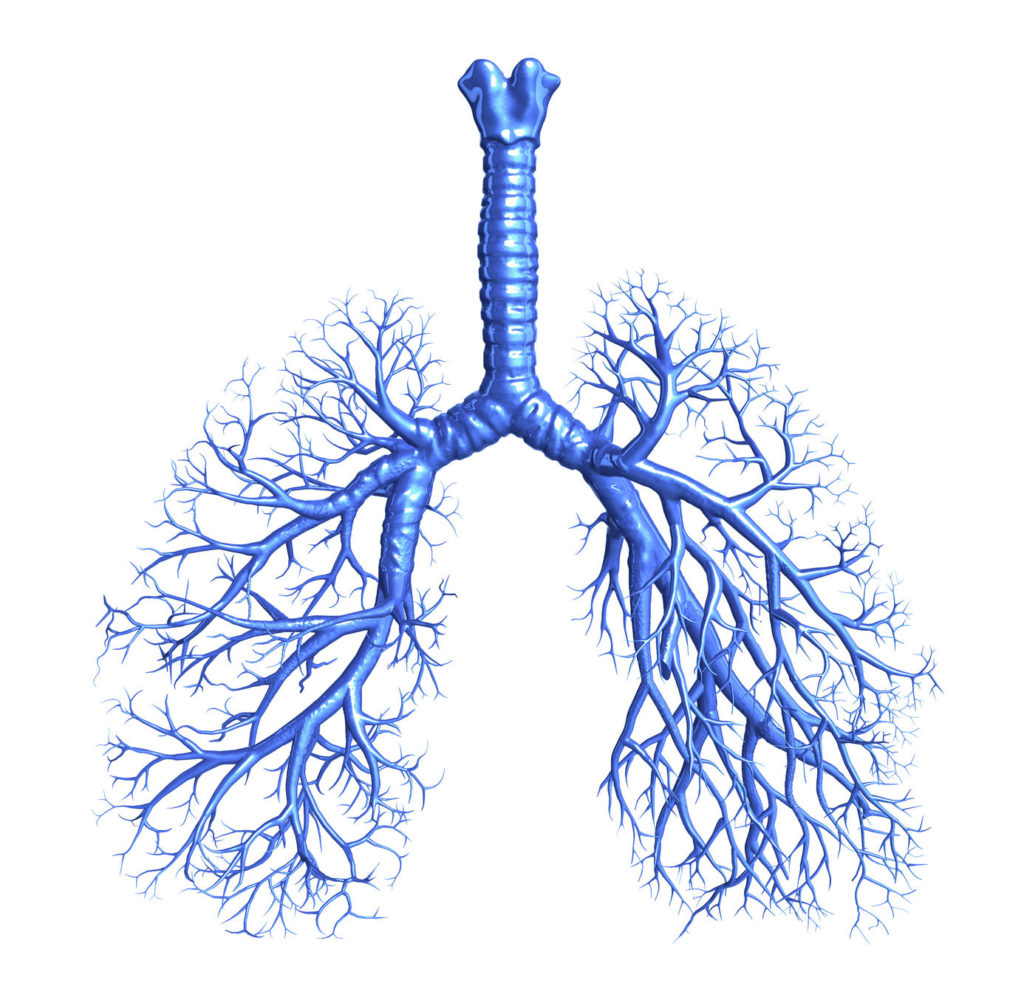What’s This Research About?
The authors reviewed research on the treatment of dysfunctional breathing. This is a difficult task because dysfunctional breathing is confounded by a lack of consistent terminology and lack of gold-standard assessment. For instance, one diagnostic tool, the Nijmegen questionnaire (NQ) was “developed and validated only in people with exercise induced hyperventilation syndrome (HVS) and its use has since been extrapolated” and used to diagnose all sorts of dysfunctional breathing. This is not an ideal protocol. There are also comorbid conditions such as asthma, anxiety, chronic obstructive pulmonary disorder (COPD) and other respiratory ailments. For example, some people will test positive for HVS then after follow-up they are diagnosed with underlying uncontrolled asthma. Despite these weaknesses in the research, the authors tease out useful information and create a classification system to use in future clinical practice and research.
Other assessment tools reviewed: Self Evaluation of Breathing Questionnaire (SEBQ), end-tidal CO2, Manual Assessment of Respiratory Motion (MARM), breath holding time, Optoelectronic Plethysmography (OEP).

TITLE: Dysfunctional breathing: a review of the literature and proposal for classification
PUBLICATION: European Respiratory Review
DATE: 2016
AUTHORS : R. Boulding, R. Stacey, R. Niven, S. Fowler
Dysfunctional breathing: Breathing disorders that result in chronic breathing patterns that create dyspnea as well as other symptoms. These symptoms would be in the absence of organic respiratory disease or in excess of regular symptoms, meaning once the symptoms are controlled they still have dysfunctional breathing.
Dyspnea: Difficult or labored breathing, feeling of breathlessness.
Hyperventilation syndrome (HVS): Chronic overbreathing due to psychological or physiological conditions.
Nijmegen questionnaire (NQ): A 16 point questionnaire with five point scale questions that assesses symptoms associated with dysfunctional breathing.

